Why is trend-following, given that it is possibly the most potent alternative sleeve rules-based trading system that is uncorrelated to both stocks and bonds, not a more popular investing strategy?
It is not often that I’ll write a spontaneous article but given the recent tweet by Meb Faber (@MebFaber) my brain started churning last night looking for an immediate answer.
Here is Meb’s tweet:

And my response:

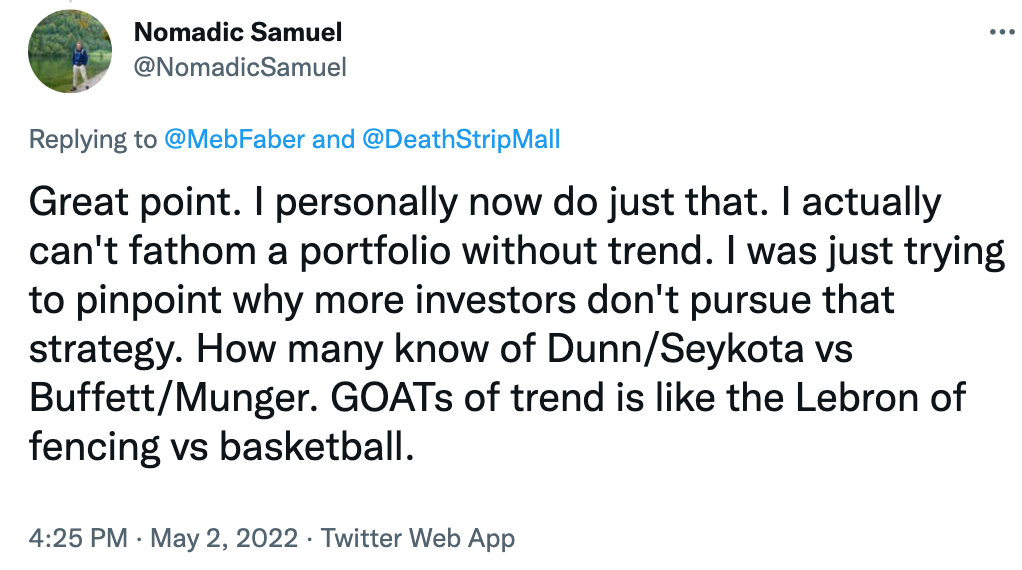
So why isn’t trend-following a strategy that is pursued more by investors looking to build more efficient, diversified and all-weather portfolios?
I can think of a few reasons.
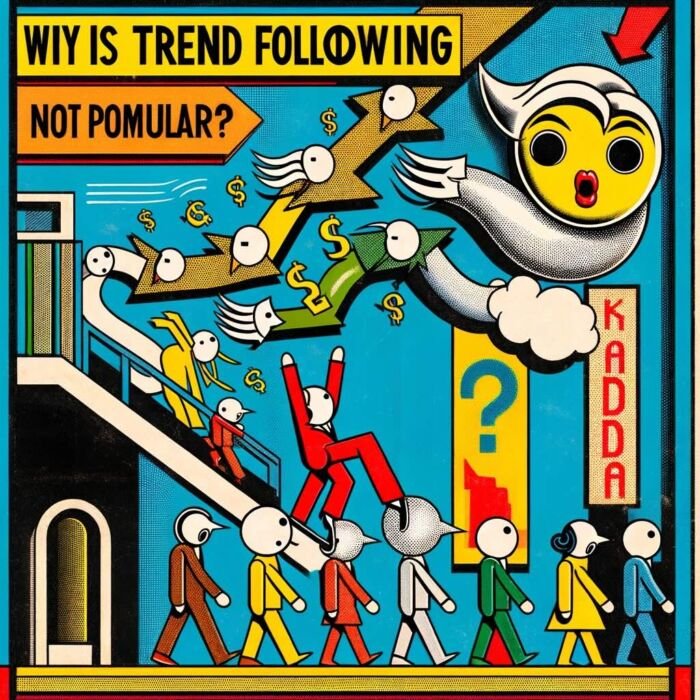
Why Is Trend-Following Not A Popular Investing Strategy?

Most Investors Have Never Heard Of It (Trend Following)

Let’s start with the most basic assumption that most investors have never heard of managed futures / trend-following investing strategies.
When I first started learning about investing and taking it more seriously the first books, articles and podcasts I stumbled upon were trumpeting industry standard 60/40 milquetoast market-cap weighted stock and aggregate bond arrangements.
Play it safe. Own them all. Low cost indexing. One and done.
Had I not been more curious about learning more about investing that’s the portfolio I’d own today.
I’d be the average investor owning the average portfolio.
60/40.
Home country bias. (Given that I’m Canadian likely 5-6 times the amount of Canadian stocks that make up its global contribution in the market)
Market beta.
Large cap centric.
Had I not been captivated by investing and deeply suspicious that this ‘just be average’ prescription seemed terribly off-kilter, I’d own what in Canada is all of the rage: One click all-in-one fund
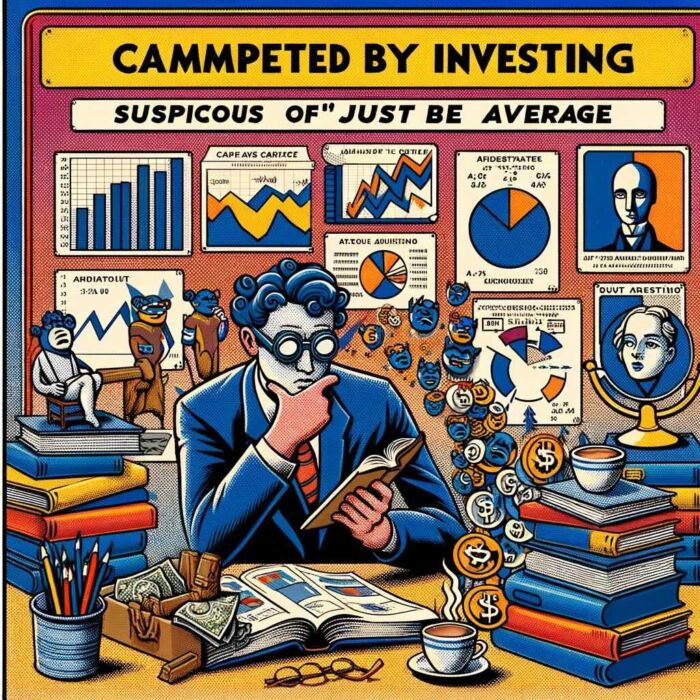
So down the rabbit-hole I went.
At this point I discovered equity optimization strategies.
For the longest time I thought just moving away from market-cap weighted equities to superior ‘anything else’ factor strategies was the best game in town.
Just handcuff a globally diversified factor optimized equity strategy with large-cap, mid-cap and small-cap exposure to an aggregate bond index.
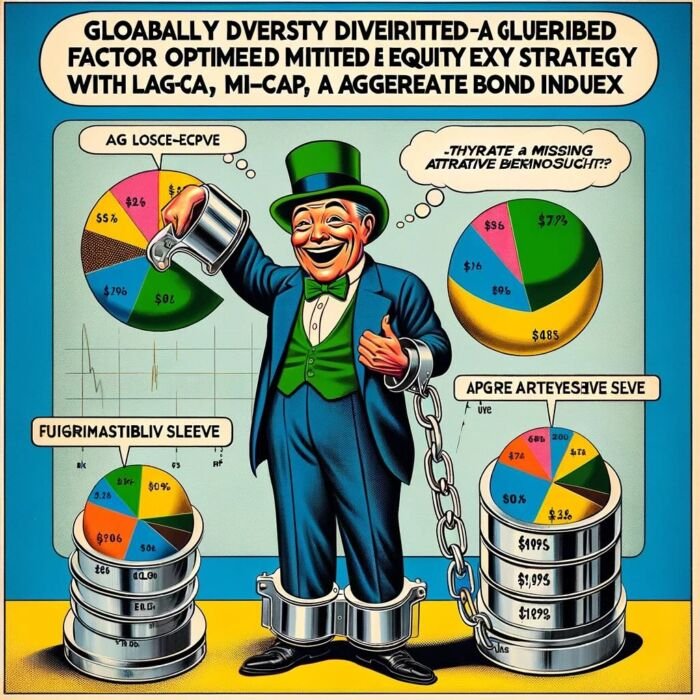
Now I’ve got the best portfolio possible.
I still hadn’t considered an alternative sleeve in my portfolio.
At this point I had kind of heard some minor rumblings about trend-following and managed futures, so I decided to take a quick look at some funds.
Yikes.
Totally flat.
They hadn’t been performing well at all. This whole ‘trend’ thing sounds like a really bad idea.
So I swept the thought of this strategy under the rug for a while.

At this point, I’m aware the strategy exists but not much beyond that.
Given my own investing DIY investing journey, I’d posit that most investors have never even heard of managed futures / trend-following, and if they have, they likely have a surface level understanding of it.

Believer of Managed Futures & Trend-Following
It’s only when I started playing around with Portfolio Visualizer and back-testing results from the 1970s and 2000s to see what did well versus what didn’t, that I really started paying attention to alternative assets like Gold and Commodities.
I started to develop this weird little obsession of trying to figure out what could do well during turbulent economic times for the stock market.
Ah interesting, gold really helps here.
Commodities save the day there.
Let’s try a 50 year back-test with a bit less stocks and bonds and a sliver of gold.
Oh wow. Better Sharpe and Sortino ratios.
But wait?
I don’t own any of that in my own portfolio.
Why isn’t my portfolio better prepared for these types of equity drawdown scenarios?
Little did I know at the time but I was forging down a path towards learning more about all-weather and risk-parity.

I suddenly became very interested in alternative investments.
I was both ravenous and parched to learn more.
And that is when I fell down the trend-following rabbit hole.
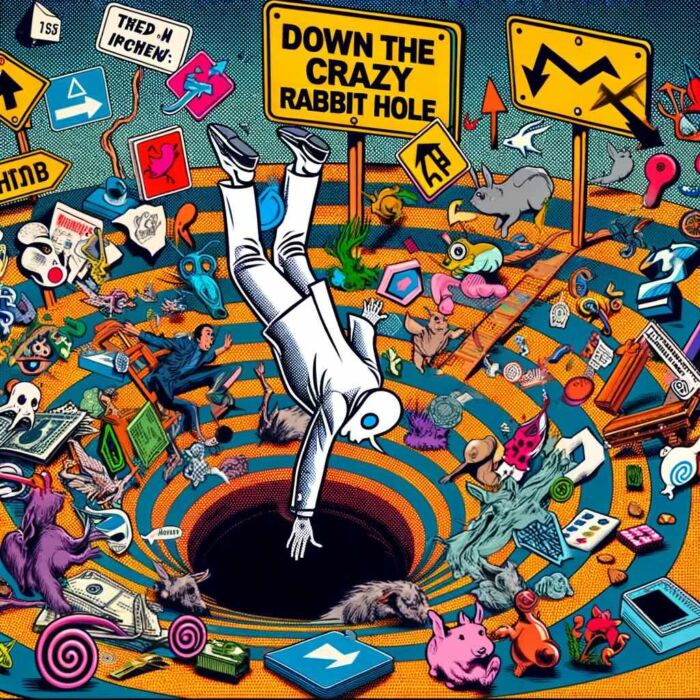

Doublethink: Trend-Following vs Long Equities

A rules based system of trading that adapts to current market conditions.
Something that doesn’t contest reality.
The ability to go long and short.
A “yes” and “no” approach.
Go long what is doing well and enjoy the ride.
Go short what is currently crumbling and enjoy that ride too.

A chameleon of sorts that changes its colour, pattern and stripes based on its environment.
How peculiar.
But wait.
I’ve been told to buy and hold and shut the “fill-in-the-blank” up while radically accepting whatever will be, will be.
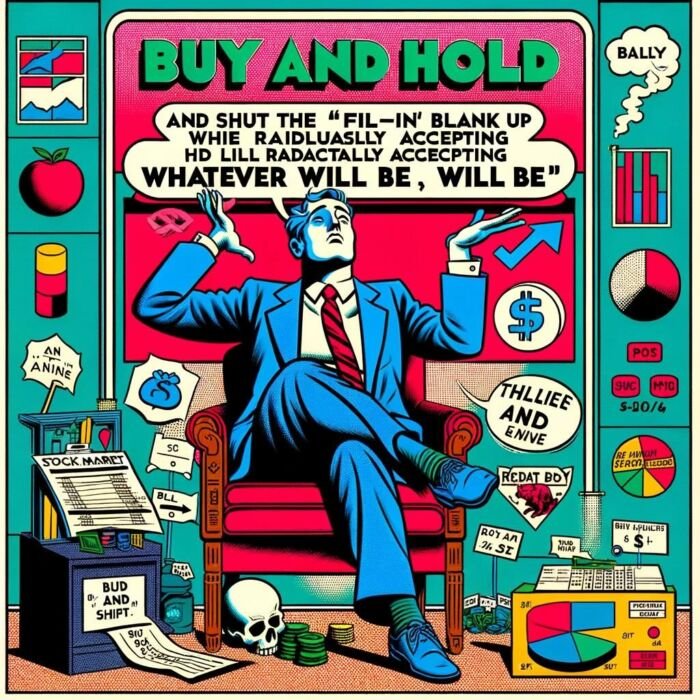
Moreover, isn’t it better to buy low? Sell high?
I should be dancing in the blood-stained streets when the markets are down because this is my golden chance, right?
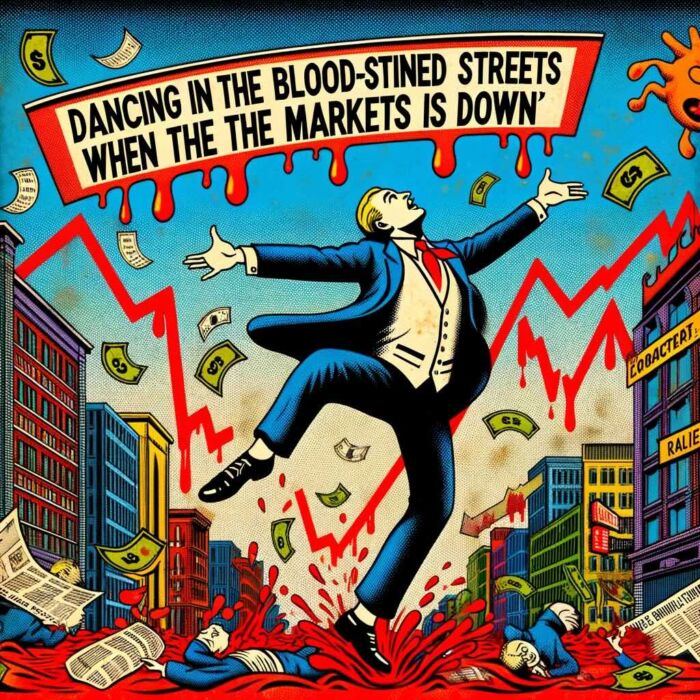
So what I’m hearing is mixed messaging.
Buy low and sell high for stocks and bonds.
Trend-follow by riding recent winners and shorting recent losers.
This of course forces an investor to consider the Orwellian term doublethink.
“The acceptance of contrary opinions or beliefs at the same time.”

In order to fully integrate a trend-following strategy with a buy and hold equity/bond strategy an investor must be willing to entertain contrary beliefs that are both true.
This is likely where a lot of investors say sayonara to the thought of ever entertaining trend.
It just likely doesn’t make sense to many folks that you could do two completely different things at the same time and be successful with both strategies over long periods of time.

Lebron of Fencing vs Lebron of Basketball
Hands up who can tell me the nation’s top fencer?
Crickets.

How about the best basketball player of a our generation?
I’m hearing a lot of Lebron from over here.
Being the GOAT of stock picking and equity strategies has you on the Mount Rushmore of Investing Legends.

You’re likely seeing the heads of Warren Buffett, Charlie Munger, Jack Bogle and Benjamin Graham.
Most people on the street, whether they’re investors or basketball fans, have likely at least heard the names of Lebron James or Warren Buffett at least in passing.

How about the GOATs of trend-following?
Bill Dunn. Ed Seykota.
How many of you know those names?
Be honest now.
Probably very few.
Let’s go back to the Lebron of basketball versus the Lebron of fencing.
Wait a minute. I actually need to look up ‘who is the Lebron’ of fencing.

According to Google using the search query, “Who is the best fencer in the USA right now?” I’m seeing Alexander Massialas.
Apologies in advance, Alexander, that I’ve never heard of you before. I’m certainly impressed by your track-record though:

That’s also how you become the best basketball player of your generation.


You also need to be a visionary, have tremendous discipline and develop a rules based trading system en route to a tremendous life-time track-record.
We’re talking about two GOATs over here.
But only one receives widespread public admiration.

Esoteric Nature of Trend-Following

The last reason trend-following isn’t more popular as an investing strategy has to do with its complexity relative to stocks and bonds.
What is a stock? A sliver of ownership in a company.
And bonds? Basically loans.
Buy and hold em tight.
Easy enough to understand right?
And how about trend-following / managed futures?
An investment strategy that takes advantage of long, medium or short-term moves in various markets utilizing various techniques, calculations and time-frames while paying close attention to trade signals, current market price calculations, moving averages and channel breakouts to determine whether or not to go long or short.
Did ya get all of that, Sonny boy?
Clear as mud.

The fact it takes longer to understand the ins and outs of a trend-following or managed futures strategy clearly keeps it out of many investors portfolios.
Firstly. you have to understand the importance of having an alternative sleeve in your portfolio.
Secondly, you have to spend considerably more time understanding how trend-following works conceptually versus grasping what it means to own stocks and bonds in the form of an index.

Final Thoughts on Trend-Following
I’m at the point where I couldn’t fathom my portfolio NOT HAVING a trend-following / managed futures allocation.
It is literally the ‘secret sauce’ that has allowed my Picture Perfect Portfolio to have a 13% ARR, -5% worst year and 90.8% success rate.
Without trend it’s an entirely different story for the Picture Perfect Portfolio.
Yet, I completely understand why Trend-Following isn’t a more popular investing strategy.
It’s not widely recognized by the average investor.
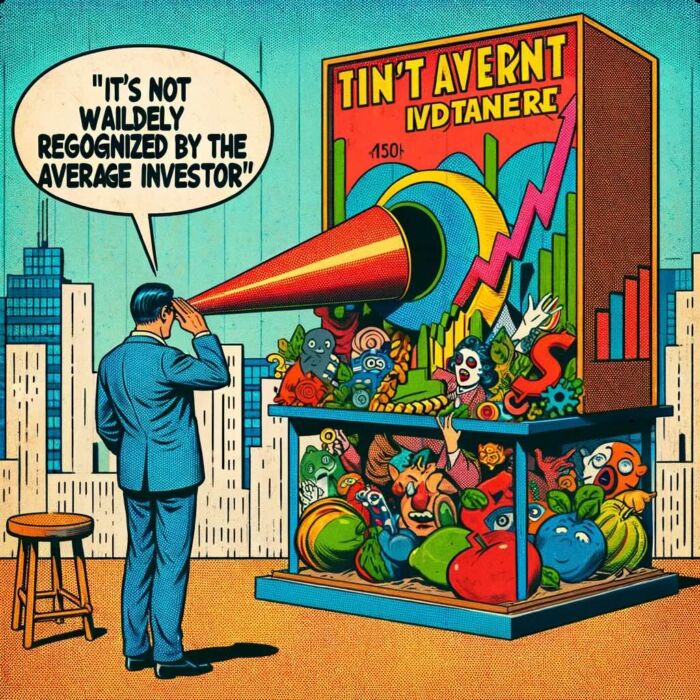
It is harder to grasp compared to stocks and bonds.
And very few ‘experts’ that have the ear of the average investor are suggesting it be utilized.
And that clearly is a shame.

I’m hoping to continue to write posts about trend-following and managed futures trading strategies from the perspective of a DIY investor to help spread the word.
But clearly this is an uphill battle.
Trend-Following, for the time being, remains a contrarian alternative investment strategy that only the most sophisticated of investors utilize.

Speaking of trend, I just noticed I’m “long” commitments to trim bushes around a hotel project I’m currently working on in Argentina and “short” time to write anymore words.
Ciao for now.
Important Information
Investment Disclaimer: The content provided here is for informational purposes only and does not constitute financial, investment, tax or professional advice. Investments carry risks and are not guaranteed; errors in data may occur. Past performance, including backtest results, does not guarantee future outcomes. Please note that indexes are benchmarks and not directly investable. All examples are purely hypothetical. Do your own due diligence. You should conduct your own research and consult a professional advisor before making investment decisions.
“Picture Perfect Portfolios” does not endorse or guarantee the accuracy of the information in this post and is not responsible for any financial losses or damages incurred from relying on this information. Investing involves the risk of loss and is not suitable for all investors. When it comes to capital efficiency, using leverage (or leveraged products) in investing amplifies both potential gains and losses, making it possible to lose more than your initial investment. It involves higher risk and costs, including possible margin calls and interest expenses, which can adversely affect your financial condition. The views and opinions expressed in this post are solely those of the author and do not necessarily reflect the official policy or position of anyone else. You can read my complete disclaimer here.







Hi Samuel… Very impressed by your knowledge of alternative investments. I wonder if your know of a new ETF symbol TFPN, which stage for trend following plus nothing. Managed by one of the original turtle traders… I love trend following but doing it yourself takes a lot of time, consistency and discipline, so I’m glad to see more ETFs that have it as a strategy. I’m getting lots of ETF ideas from your blogs… I didn’t realize we had some on the Canadian market as well like hraa and pfaa which I like and will add into my tsfa…. Thanks for the great info!